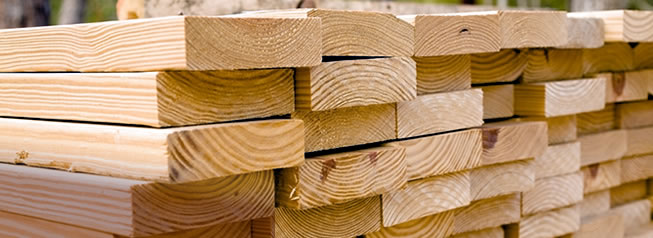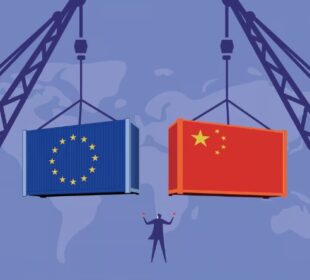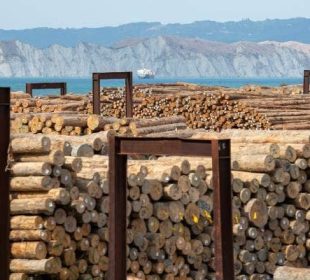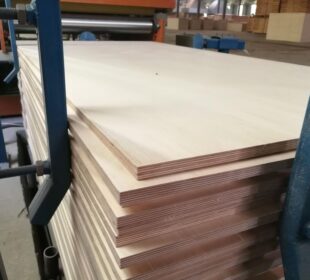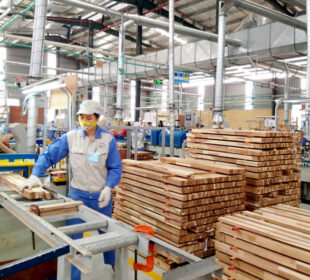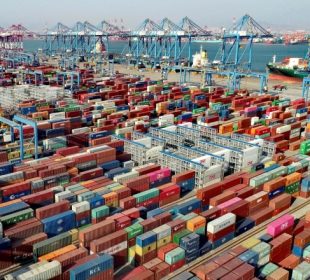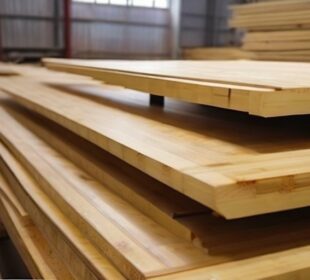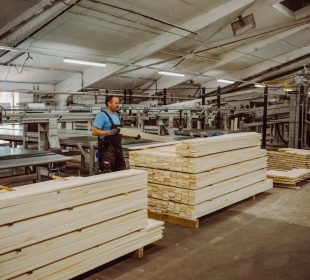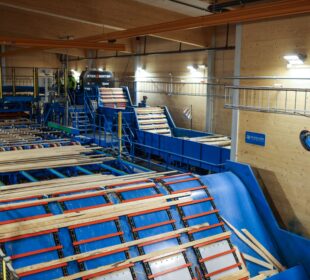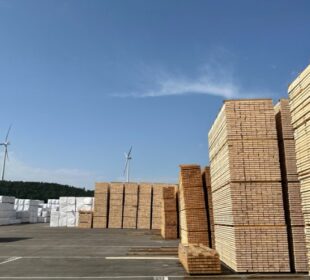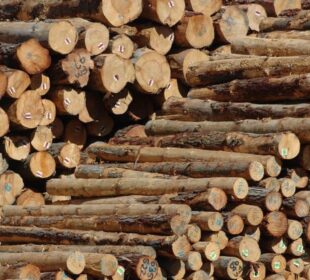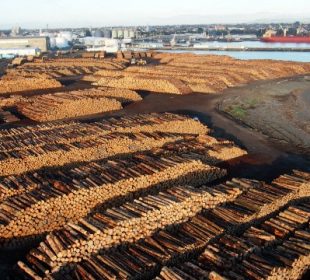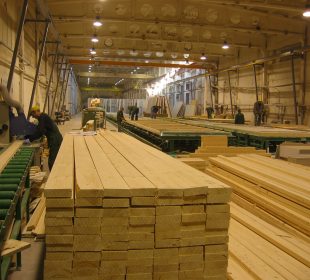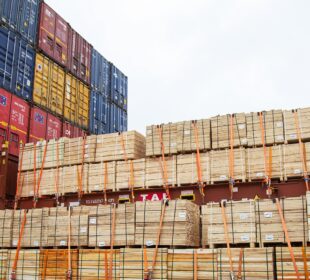British Columbia's lumber exports to China are decreasing, as the country's slowing economic growth traces demand for one of Canada’s key exports.
According to The Globe and Mail, the volume and value of B.C. softwood exports to China have been on a downward trend since peaking in 2013. While full-year trade statistics for 2018 won’t be released until mid-March, industry experts interviewed by The Globe and Mail estimate that almost five million cubic metres of lumber went from British Columbia to China last year, compared with 5.5 million in 2017 and a record 7.9 million in 2013.
China, alongside with the whole Asian continent, are considered high-growth markets for B.C. lumber producers, but the export expectations lowered this status. Buyers from China accounted for nearly 20% of B.C.'s total volume of lumber exports in 2018, down by 22% in 2017 and the record 31% from 2013.
The value of B.C. lumber exports to China is also decreasing, going from a record $1.39-billion in 2013 to $1.07-billion in 2017 and predictions of less than $1 billion last year. Still, Canadian forestry executives prize China as the second largest foreign buyer of B.C. softwood after the United States and they are optimistic that China will be a reliable customer over the long term, The Globe and Mail reported.
“We’re really encouraged by China, and we believe that there’s still a huge future in China for our products,” Don Kayne, chief executive officer at Vancouver-based lumber producer Canfor Corp., said.
In early December, B.C. government delegates postponed their plans to visit China days after authorities arrested Huawei Technologies Co. Ltd. chief financial officer Meng Wanzhou as she was transiting through Vancouver International Airport. But Mr. Kayne and other forestry executives forged ahead that month with the final leg in China of the Asia trade mission.
“We’re focused on the business of China as opposed to the politics. China has been supportive of B.C. companies, not just Canfor, and we’re grateful for that,” Mr.Kayne said. “Diversification of our markets is important because of the trade issues that we have on a regular basis with the United States.”
Moreover, the softwood trade war between Canada and the US might continue into 2020. In 2018 only, the U.S. Department of Commerce collected final countervailing and anti-dumping tariffs averaging 20.23% against most Canadian lumber producers. Despite those tariffs, the United States has solidified its No. 1 position in rankings of B.C.’s top lumber customers. American buyers such as home builders accounted for an estimated 61% of the total value of B.C. softwood shipments to foreign customers last year, far ahead of China at 15%.
As The Globe and Mail reported, the value of B.C. lumber exports to all foreign destinations last year is expected to be roughly $6.5-billion, down slightly from 2017. Russ Taylor, managing director in Canada at lumber research firm Forest Economic Advisors, said the trend of B.C. lumber shipments declining to China over the past five years is due in part to Russia increasing its market share in China. But China barely registered on B.C.’s radar 13 years ago; Chinese orders took up only 1% of the total volume of B.C. lumber exports in 2006.
Adding to the complexities, lumber prices have been volatile over the past year. Benchmark two-by-fours made from western spruce, pine and fir rose to US$422 for 1,000 board feet in early February, up 29% since late December but still down 32% when compared with US$622 in June.
Jim Pattison, who owns half of Canfor and more than 10% of Vancouver-based West Fraser Timber Co. Ltd., said: “You can control costs and production, but there’s no sense in worrying about something you can’t control. You have to figure out how to deal with it. We can’t control what the Canadian or American or Chinese governments do.”

